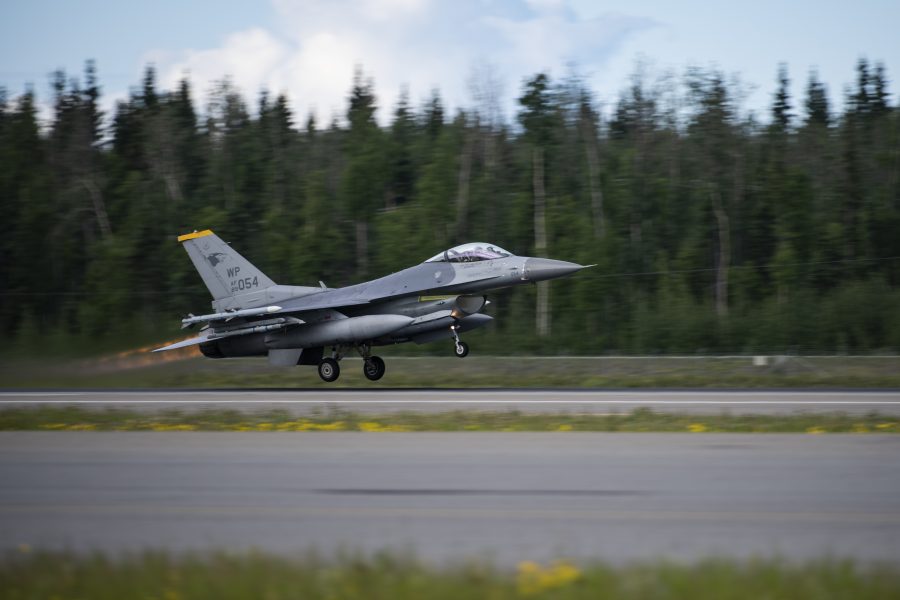U.S. forces in South Korea have not conducted theater-level exercises on the Korean Peninsula for about two years now, and pilots must leave the country for live-fire training, but the head of U.S. Forces Korea said Sept. 10 his readiness remains high despite the challenges.
The U.S. military suspended bilateral exercises with South Korea following the June 2018 summit between President Donald J. Trump and North Korean leader Kim Jong-Un. Since then, USFK has kept its bilateral, strategic-level training focused on table-top events, with local units flying and conducting smaller level training. This has forced commanders to get creative in these training events to try to maintain readiness and interoperability with South Korea, USFK boss Army Gen. Robert B. Abrams said during a Center for Strategic and International Studies webinar.
“Everybody wants to talk about our theater-level exercises, so they become sort of hot topics in the press,” Abrams said. “I reassure everyone, our theater-level command post training is as rigorous, if not much more rigorous, than it’s been in the history of the alliance. And that’s fundamentally because we’ve brought our training scenarios into the 21st century. It’s dynamic, it’s never the same. There’s gray zone challenges, there’s a lot of emphasis on different domains that we’ve got to be prepared to operate in.”
The extended stoppage of these exercises comes as the COVID-19 pandemic has broadly impacted military operations abroad, with many nations slowing or pausing their exercises. USFK hasn’t paused all of its training, even though the pandemic impacted the command early, Abrams said.
However, aircrews have faced the biggest challenge to readiness. There’s been a trend “for many years” of a limited access to ranges and open air space, which means pilots can’t get the live-fire training they need near their home bases, he said.
“We’ve got some challenges, and there are complaints that come from the Korean people,” regarding “noise and other things associated with ground-based training,” Adams said. “The bottom line is that forces stationed here, [in order] to maintain a high level of readiness, have to have reliable, [and there needs to be] accessible training areas, specifically for company-level live fire, which is the gold standard for warfighting readiness. With aviation, we’re not there right now, and as a result, we’re actually having to send air crews, both 7th Air Force and helicopter crews in the Second Division, off the Pen to maintain their live-fire qualifications.”
USFK is trying to address this with the Korean Ministry of National Defense, “and I’m hopeful that we’re going to be able to find some solutions. But in general, our readiness levels are pretty doggone good.”
